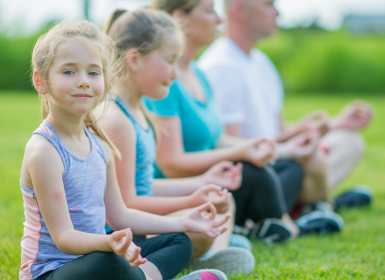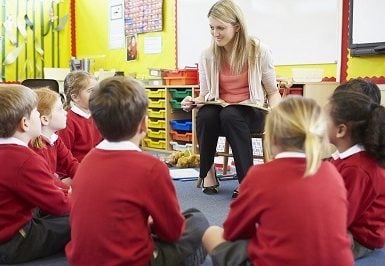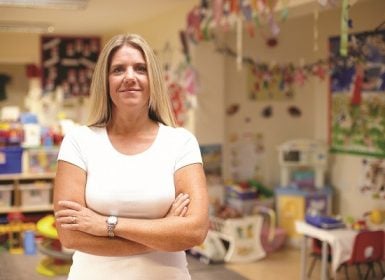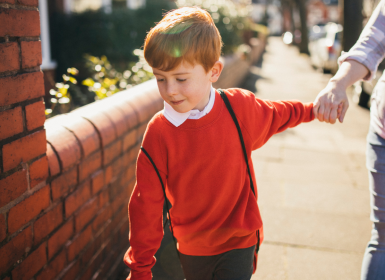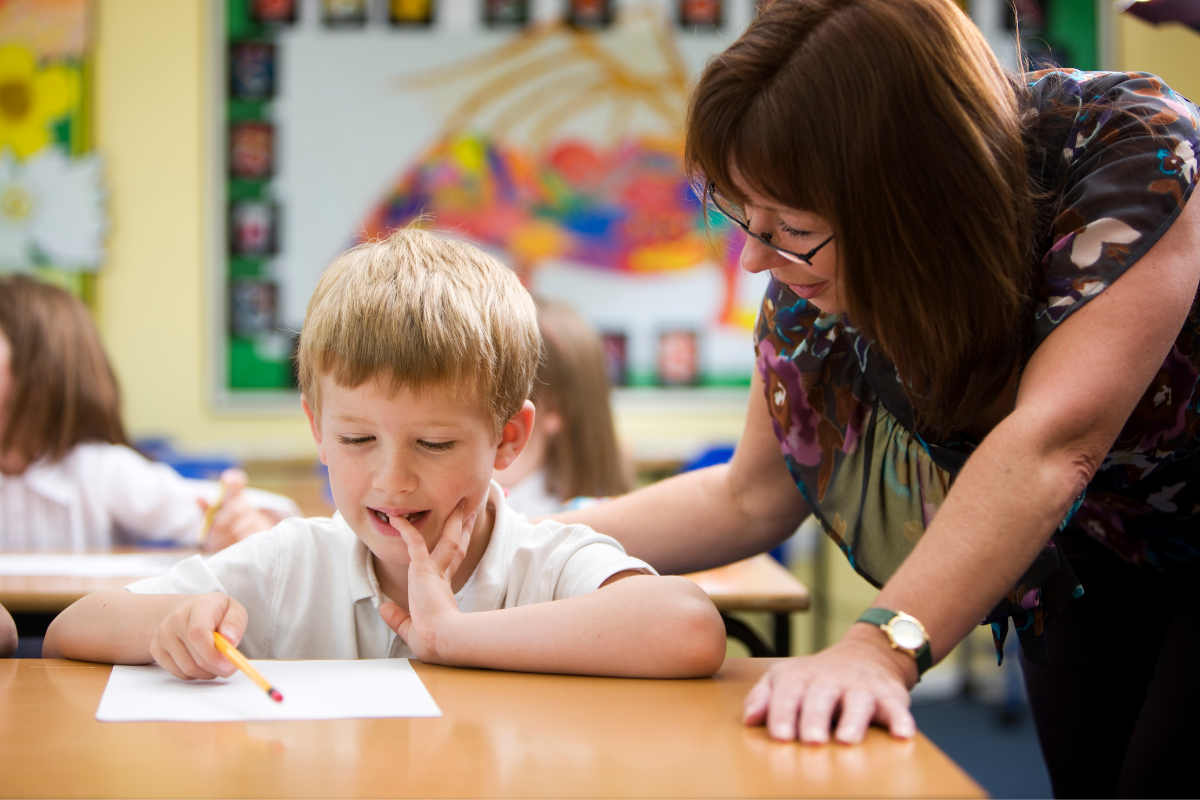
Mental health concerns in young and teenage children have increased. According to the government service, Health Direct, studies show that about 1 in 7 children and adolescents in Australia aged 4-17 have recently experienced a mental health concern such as ADHD, anxiety, anger, depression, an eating disorder, or stress. As part of addressing academic gaps in the classroom, teachers need to understand the impacts of mental health on children’s learning.
Educational and Developmental Psychologist, Michelle Button, says that anxiety is one of the biggest issues affecting children at school. For some it is a specific element of the school environment that they are anxious about, like keeping up with schoolwork or friendships. For others, it is a general anxiety about the state of the world.
As teachers it’s important that we are mindful that large numbers of our students are experiencing anxiety in a way they never have before. Teachers and education staff are finding that they now need to help children to navigate their social relationships and learn how to interact. Some teachers are reporting that they’ve had to take on the role of accidental counsellor in their classrooms; they’re having to take a more active role in settling disputes.
Tips for Promoting Mental Health in the Classroom
Create a Quiet Corner
All children can find it demanding to focus on learning. Children with learning difficulties or disabilities such as ADHD or a diagnosis of ASD might be overwhelmed by the challenges of adjusting to life back in a classroom with other children.
Setting up a dedicated space for these students to use is one way to promote positive mental health in the classroom. Having noise cancelling headphones, a weighted blanket or a therapy pod in the quiet corner may help to soothe the anxiety children are feeling when they seek the quiet space.
Have a puzzle table or some other sensory task that allows children to focus whilst in the quiet corner, concentrating but remaining calm.
Have a selection of fidget toys available
Children with learning difficulties and kids who suffer from poor mental health can have trouble sitting still for extended periods of time. The vast range of fidget toys available can help them calm their busy minds and regulate their emotions as they perform soothing movements or attain solace from these sensory products. There is very little research into the links between fidget toys and concentration but teachers report anecdotally that fidget spinners help children alleviate their anxiety, allowing them to focus and learn more easily.
Here are some ideas for fidget toys to promote good mental health in your classroom:
- Stress balls
- Marble in mesh
- Fidget spinners
- Playdough or putty
- Pop it boards
- Six-sided fidget cubes
- Rubix cubes
- Tangle toys
- Slinkies
- Stretchy tactile toys
People can also buy fidget toys to target each of the five senses. These include olfactory, oral, and sensory toys.
Organise some flexible seating options
The benefits of flexible seating in classrooms are clear; children can move more easily around the space, they can learn where they are comfortable and with ‘learning friends’ who help them focus on the task at hand. It is empowering for children when they are encouraged to make decisions about how and where they like to learn.
Some ideas for flexible seating arrangements in your classroom:
- Cushions or mats on the floor
- Bean bags
- Exercise balls
- Stand up desk
- Couches for relaxing and reading
- Stools
- Floor space dedicated to working
Top tip: create more seating options than you have children so that there really are choices available for children at all times.
Prepare meditation and mindfulness activities
Structured meditation and mindfulness activities that occur in the classroom as part of the teaching day are very positive ways that you can promote good mental health and help your students focus in the classroom. A guided meditation, relaxation exercise or mindful activity encourages children to regulate their feelings and take the focus away from big emotions.
Deep breathing techniques have long been used to restore calm when children are upset or agitated in the classroom. Gratitude diaries and conversations about all the good things in our lives also help when children are feeling low or depressed.
There are many mindfulness apps that teachers can use to help them to prepare activities to help the children in their classes.
- Calm uses nature sounds and specialised music for focus and relaxation. It has hundreds of guided meditations that teachers can choose from.
- Smiling Mind has free, dedicated programs and meditations for the classroom to help you help your class.
- Headspace is another app which has a huge range of short and long meditations for specific purposes; anxiety, anger, compassion, etc.
Plan for regular brain break activities
Using brain breaks is a great way to get your students back on track if they are getting frustrated, overwhelmed or distracted. Take a moment, every half an hour, to help them break the negative neurological patterns that might be forming in their minds, or the emotional build up that can really affect their learning. It only takes a few minutes to shift the focus and, if kids know they’re coming, they can really look forward to them. Afterwards, children return to class more ready to learn and engage with the curriculum.
Brain breaks can be physical (with movement), mindfulness exercises (mediation or deep breathing) or sensory activities. Have a look at our list and see what will work for your class:
- A game of Simon Says
- A yoga stretch
- Deep breathing
- A guided meditation
- Dancing (especially to action songs)
- A short video from Youtube
- A scavenger hunt
- Some time to play with playdough or do a craft activity
- Give them a riddle or brain teaser
- Play a board game
- Practice counting in a different language
- Tell each other jokes
Incorporate movement into the day’s activties
Anxiety can creep up on people so a little bit of movement incorporated into the day can have excellent outcomes for mental health in the classroom. Burn off the energy with a two minute dancing session every hour, or a game which incorporates bending, stretching, jumping or wriggling.
Exercise is widely recognised as a very positive thing for mental health in children and adults. During recess and lunch times, encourage your students to play games outside that involve lots of moving around.
Don’t forget your own mental health
To create mentally healthy classrooms, teachers must take care of their own mental health. Ensure that you have proper breaks where you can switch off from teaching, relax and rejuvenate. You’ll find that you return to the classroom more energised and that makes school a much more positive experience for everyone.
Online tools for teachers
Teachers can find preventative intervention programs for schools on the BeYou website and ReachOut has pages dedicated to helping children in schools with their wellbeing. The NSW government has also compiled a list of resources for teachers to access through their website.
More Resources
https://beyou.edu.au/resources/programs-directory/h/healthy-minds-program
https://www.healthymind.org.au/#
https://schools.au.reachout.com/student-snapshot
https://education.nsw.gov.au/campaigns/inclusive-practice-hub
Written by Danielle Norton

